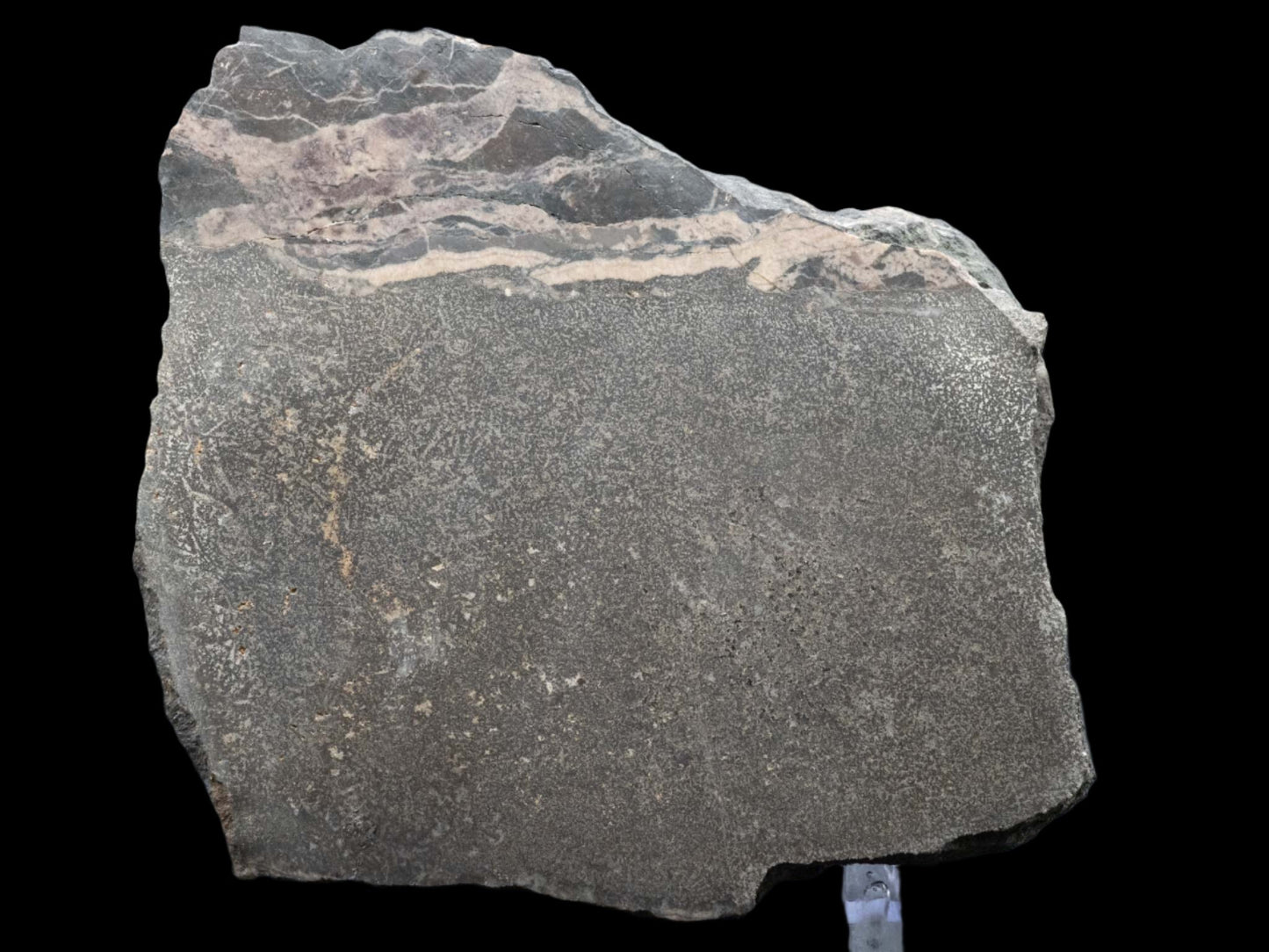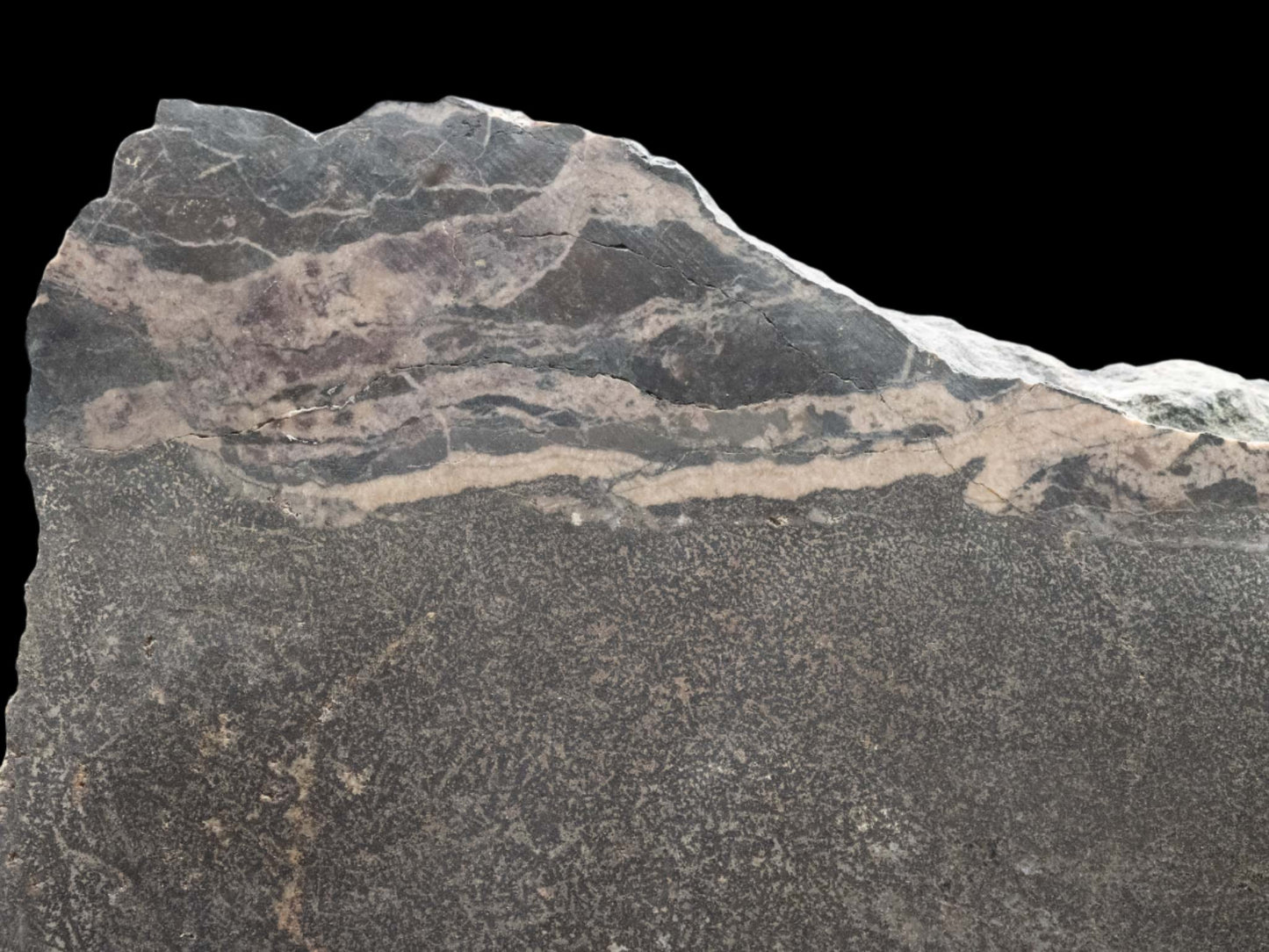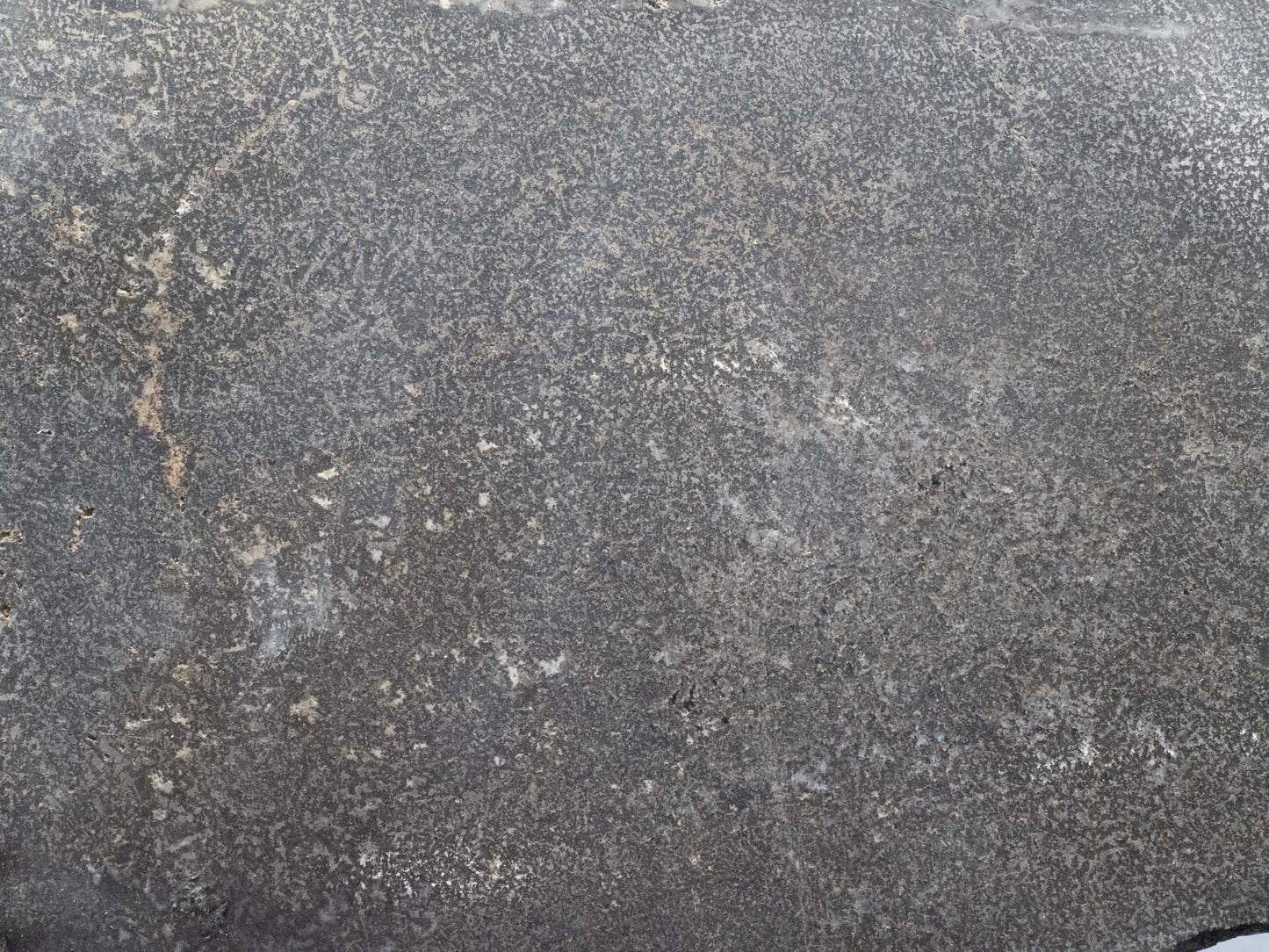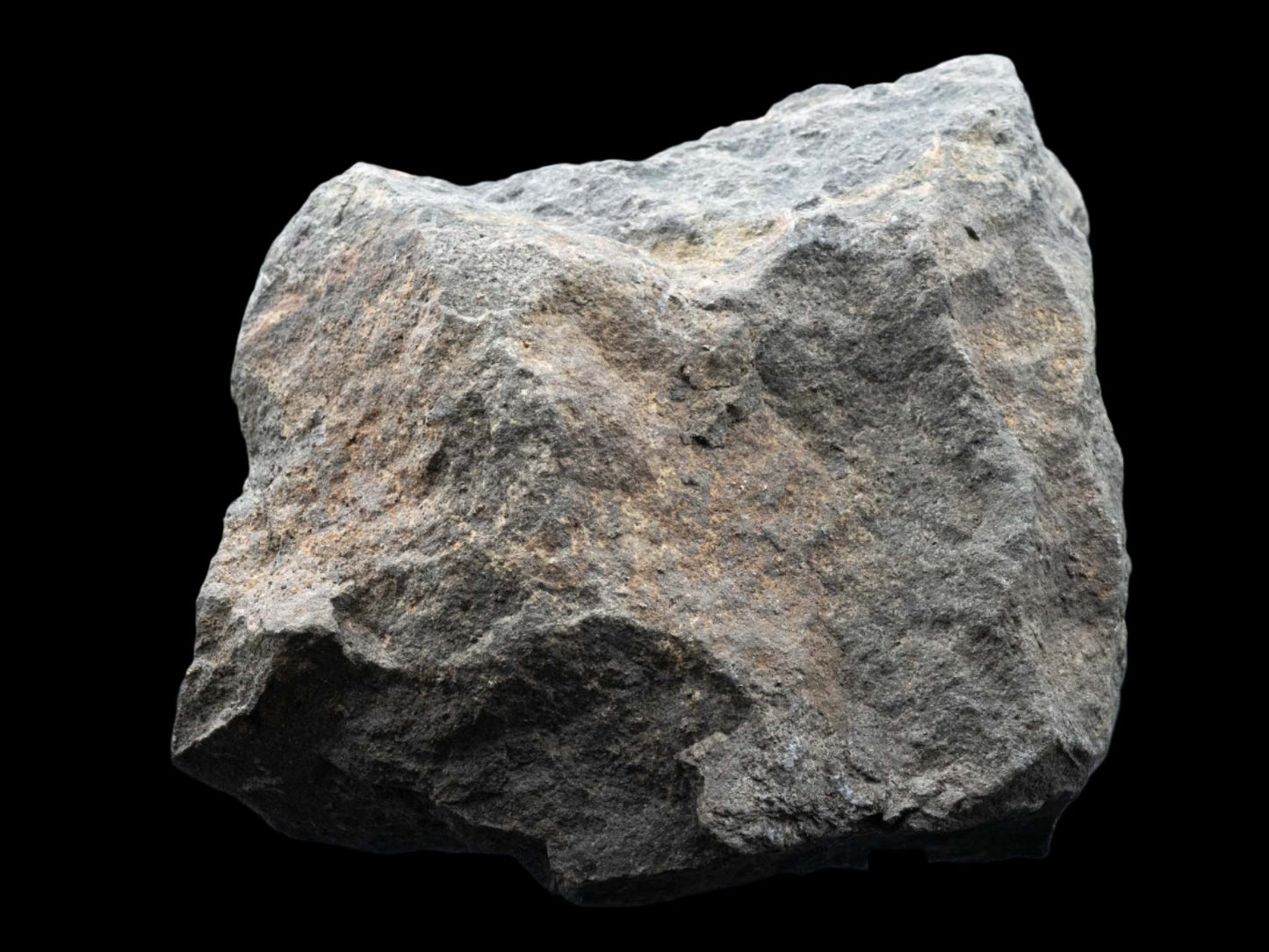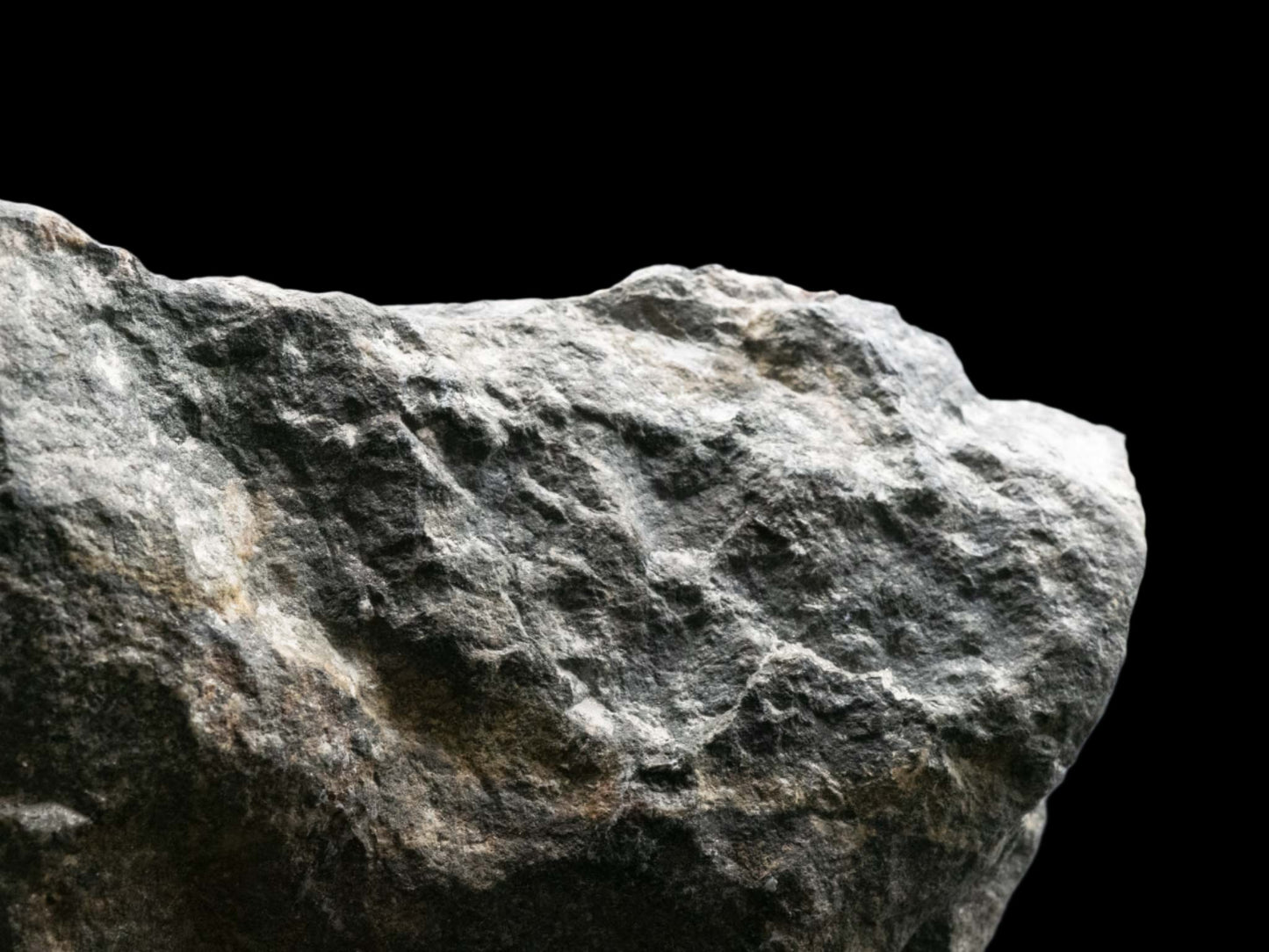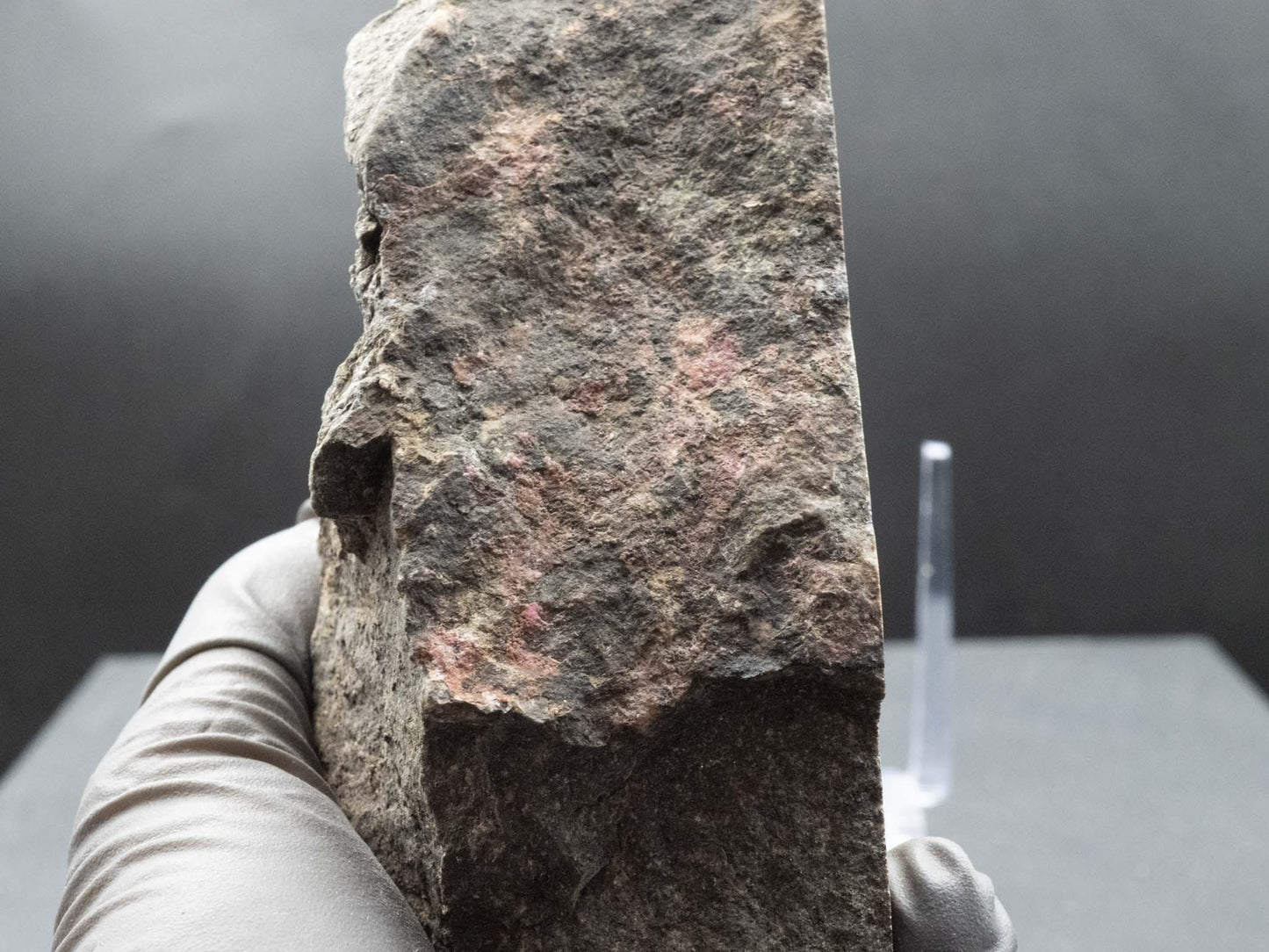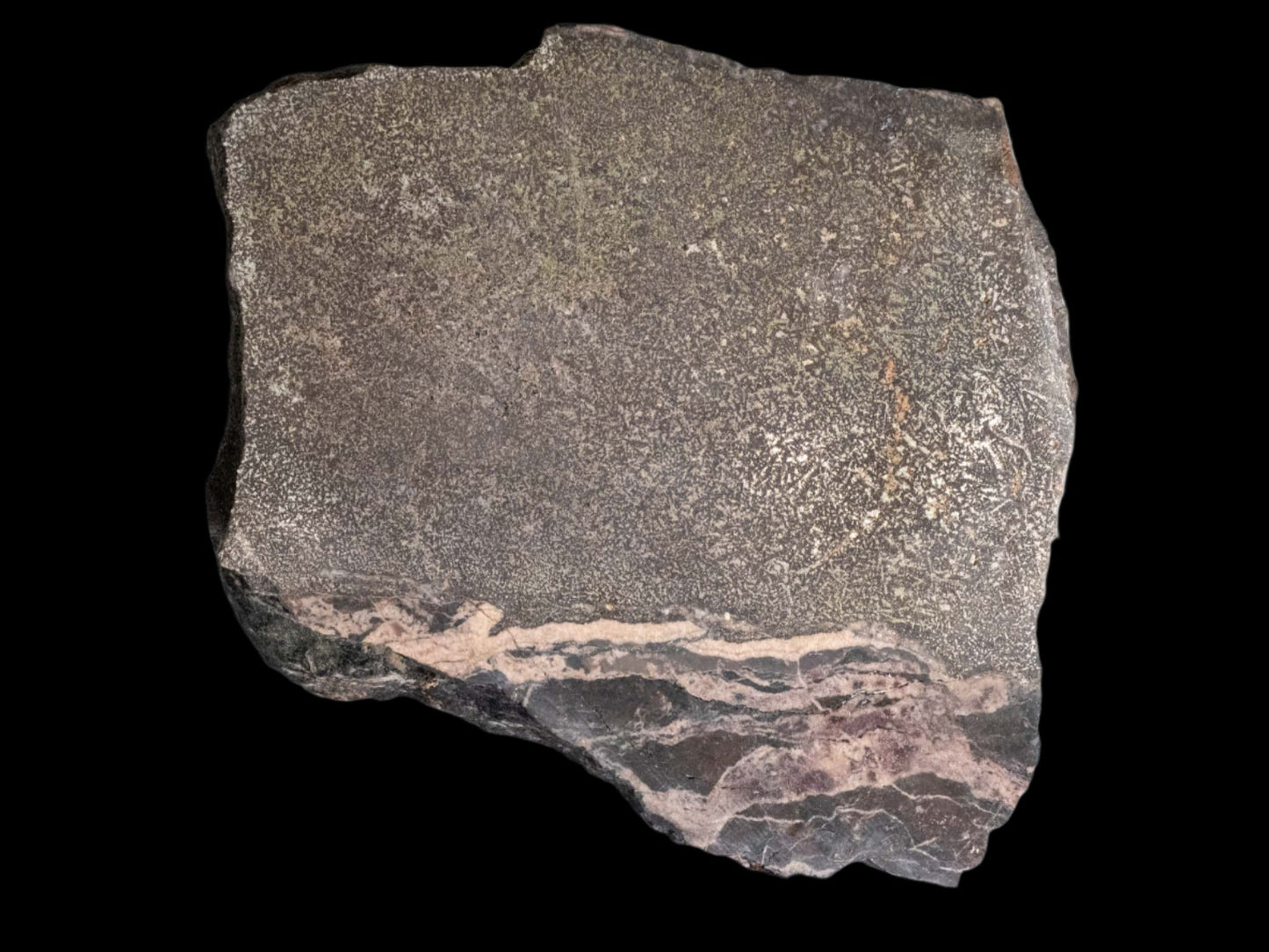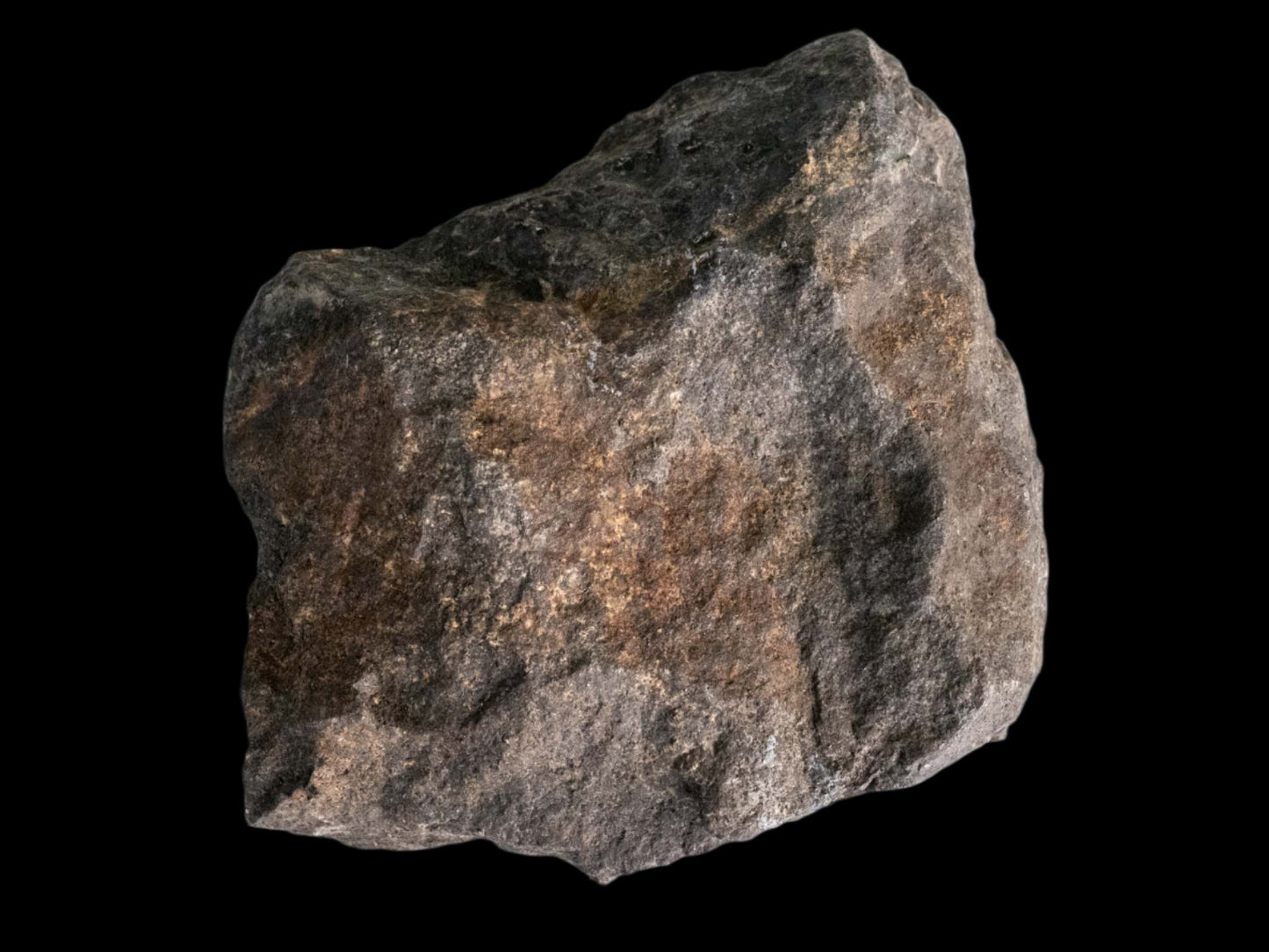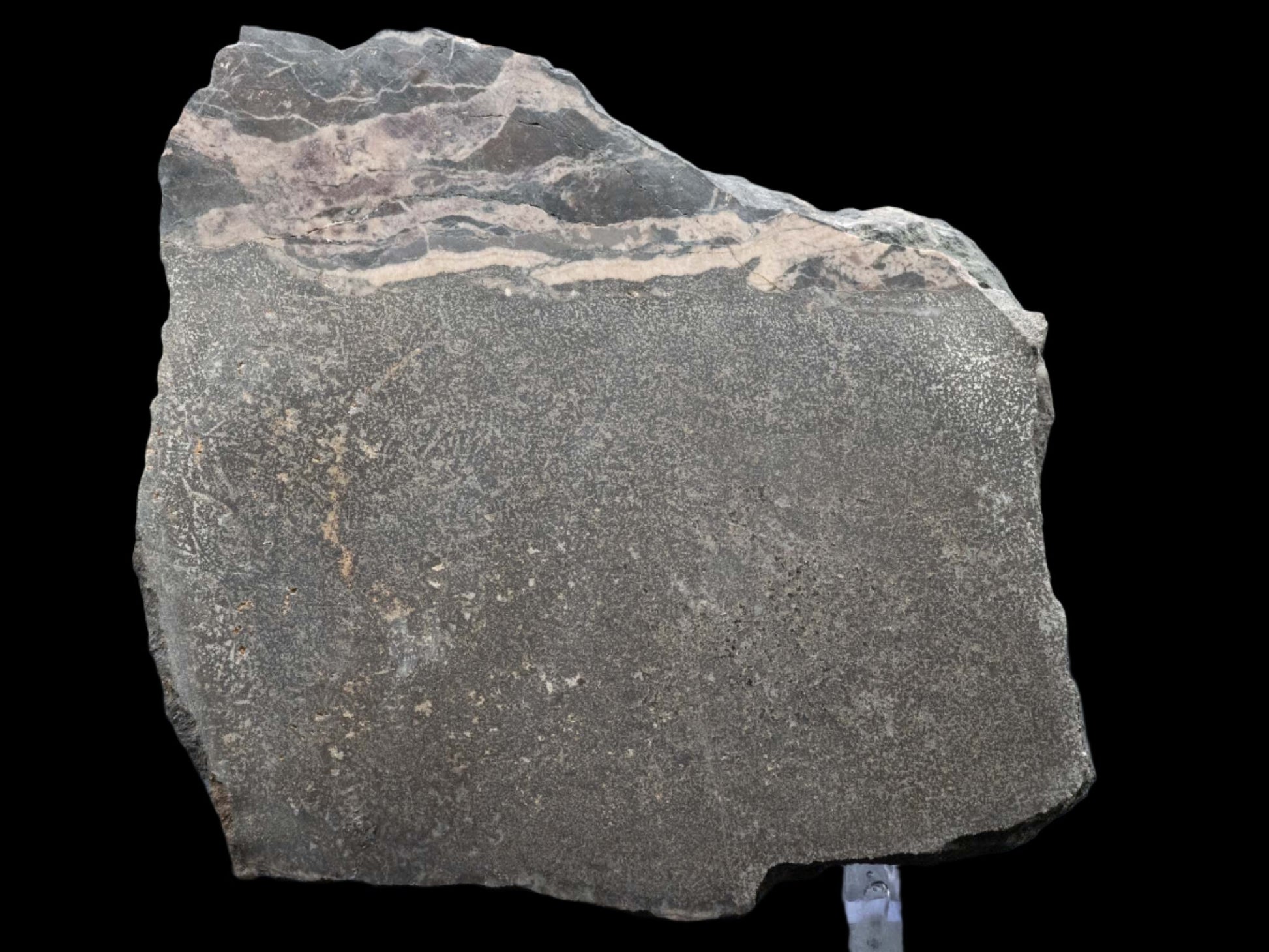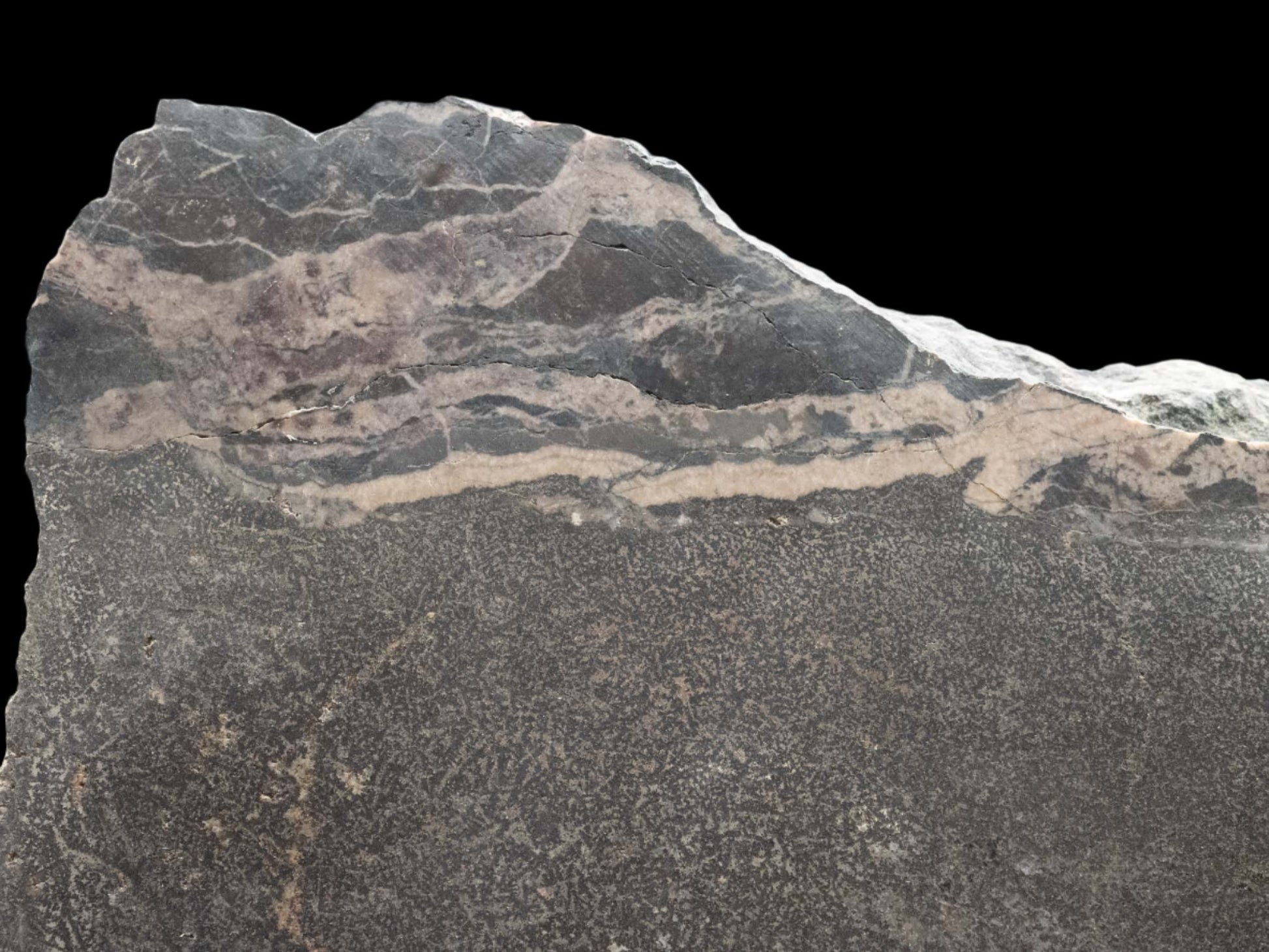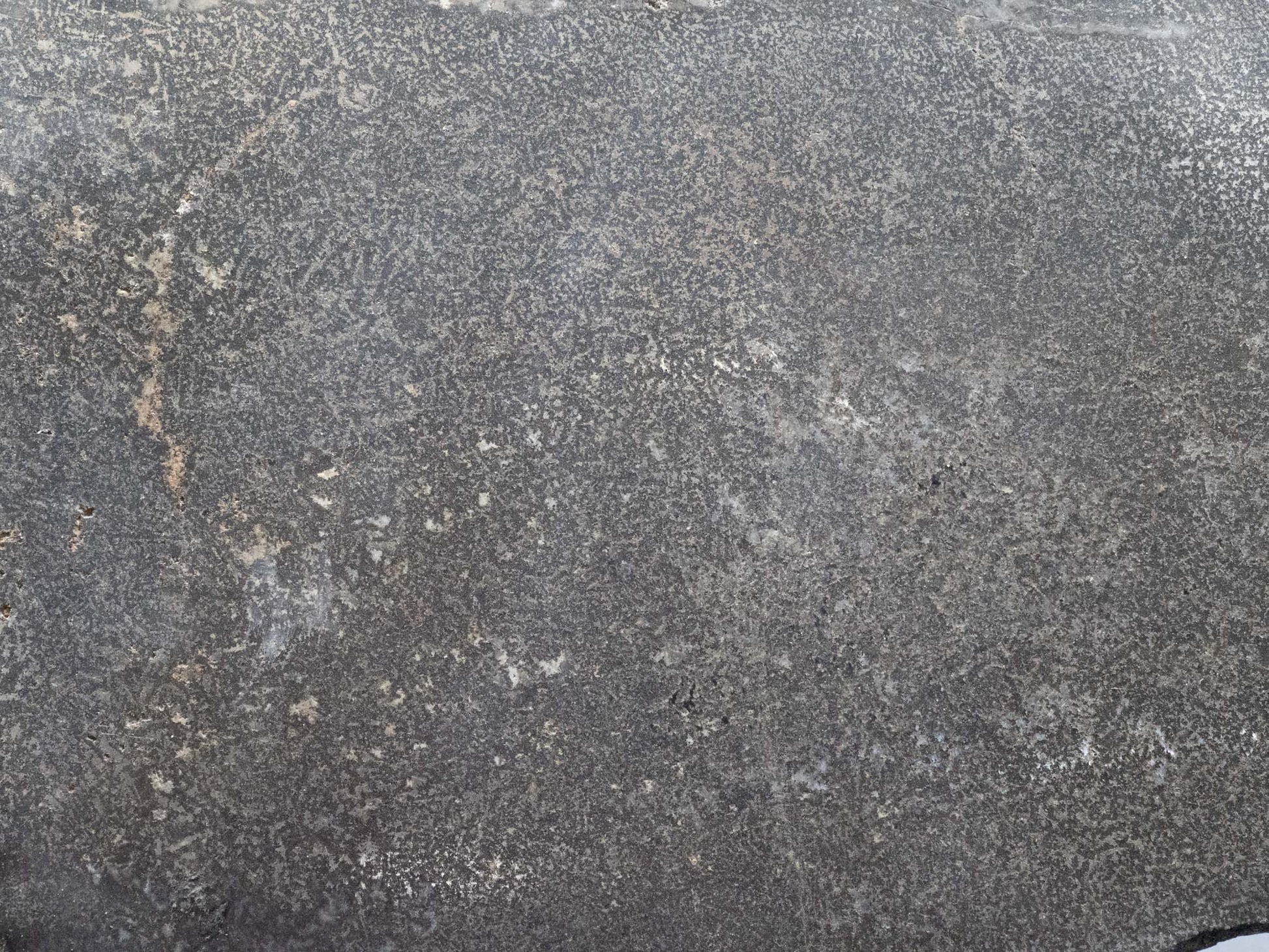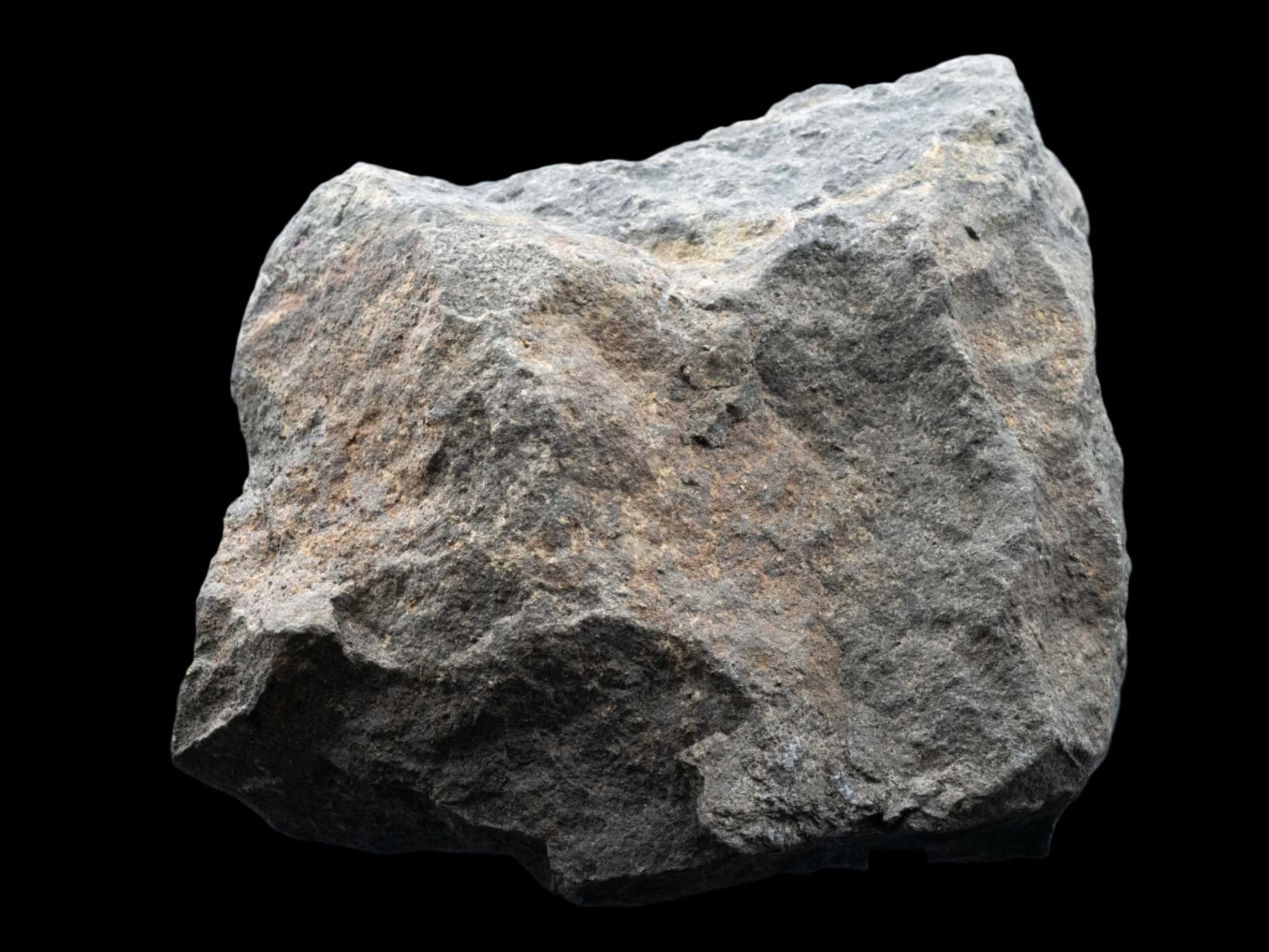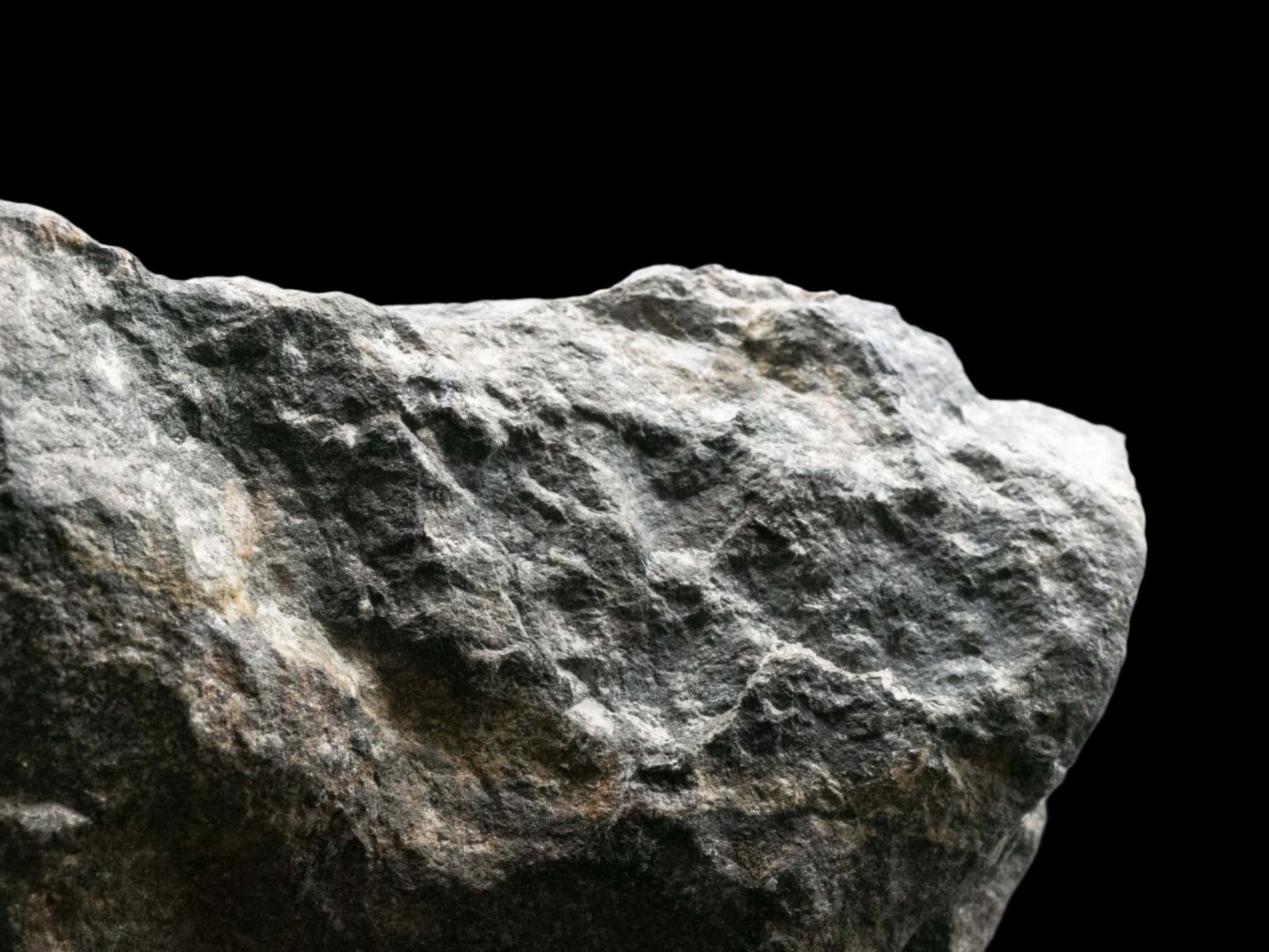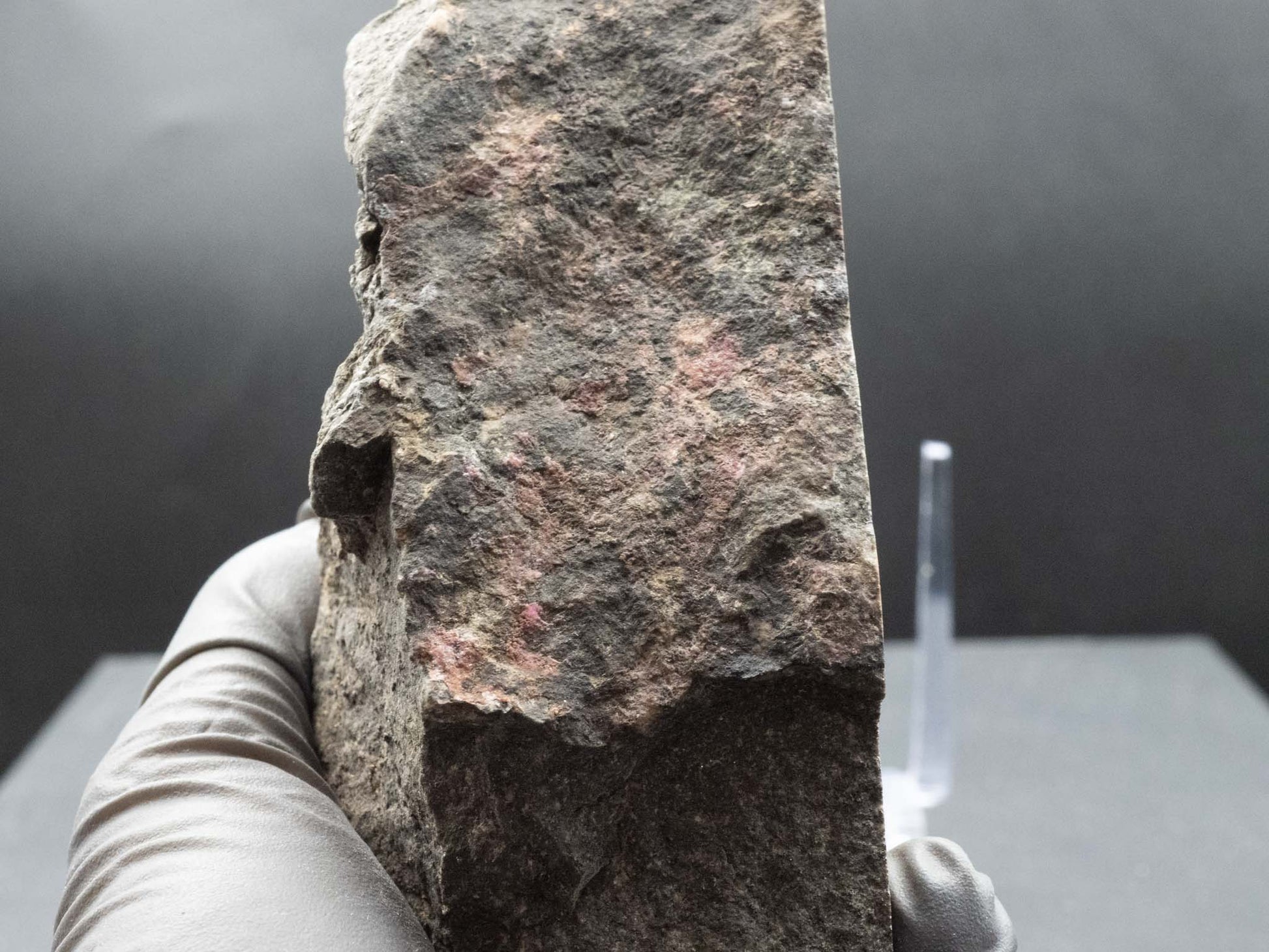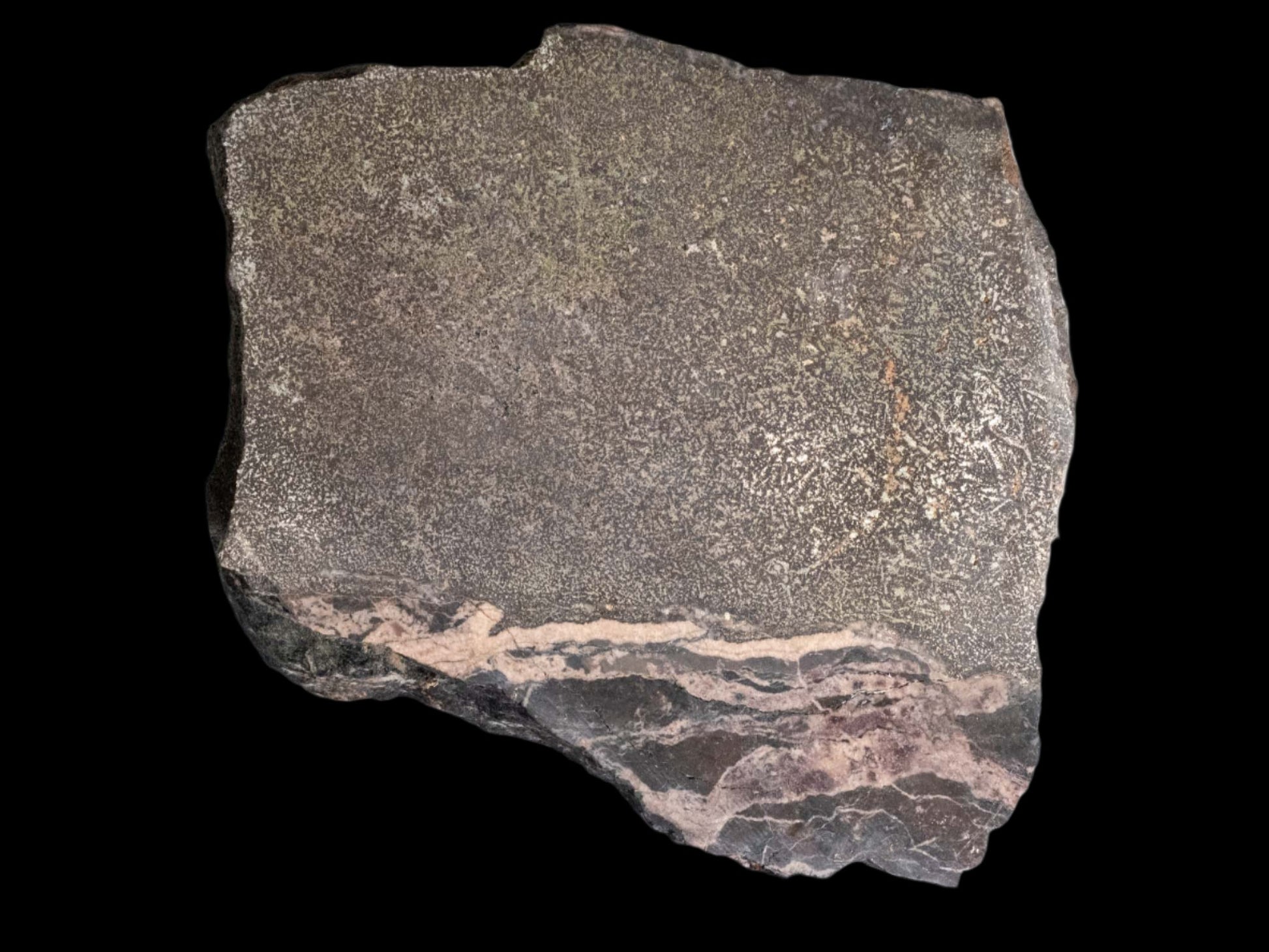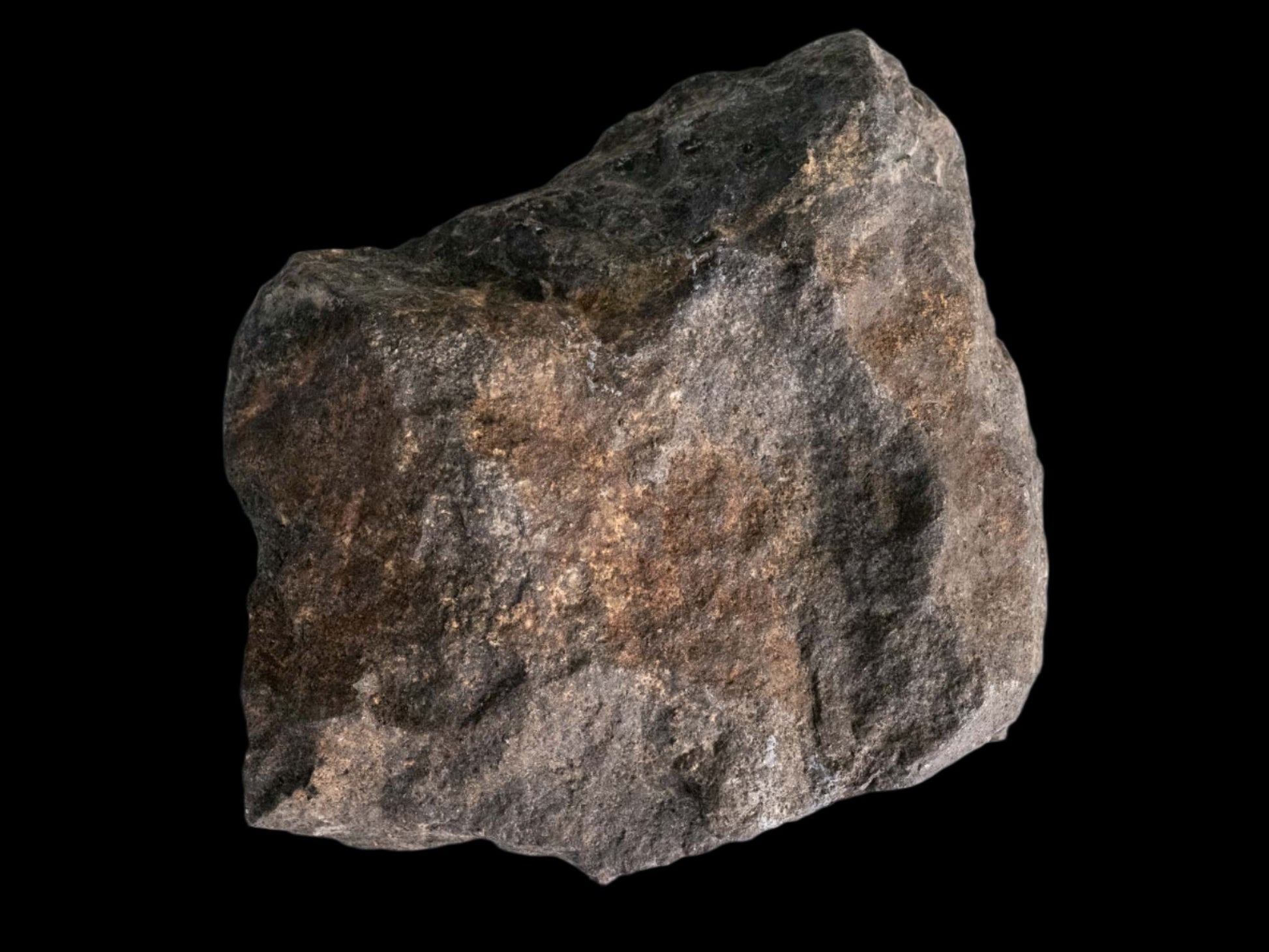Rad Man Minerals
*Silver & Uraninite Complete End Cut - Eldorado Mine, Port Radium District, Great Bear Lake, North Slave Region, Northwest Territories, Canada
*Silver & Uraninite Complete End Cut - Eldorado Mine, Port Radium District, Great Bear Lake, North Slave Region, Northwest Territories, Canada
Couldn't load pickup availability
 Ag UO2
Ag UO2
A large, cut endpiece of primarily dendritic silver ore with minor Uraninite from the historical Eldorado Mine in Port Radium, NWT, Canada. Cut from a larger stone that was originally in the collection of the Royal Ontario Museum in Toronto. This is an extremely rare specimen, and would make an excellent addition to any mineral collection.
The Eldorado Mine at Port Radium, located on the shores of Great Bear Lake in the Northwest Territories, Canada, is a historically significant mining site known for its exceptional specimens of uraninite and silver. Initially developed in the 1930s for its rich silver deposits, the mine later became a critical source of uranium-bearing uraninite, which played a pivotal role in nuclear energy research and the Manhattan Project during World War II. Uraninite from the mine is characterized by its dense, metallic luster and black coloration, making it a prized specimen for collectors and geologists alike. The presence of secondary uranium minerals further enhances its scientific value, offering insights into the processes of ore formation and alteration.
The mine’s silver deposits, which were the original focus of extraction, remain highly regarded for their purity and crystallized forms. Native silver specimens from Port Radium are often intergrown with cobalt and arsenide minerals, reflecting the site’s complex hydrothermal geology. These silver samples display intricate, dendritic patterns and occasionally occur with other rare metallic minerals, making them highly sought after in the mineral collecting community. The silver mining phase of the Eldorado Mine is a reminder of the site's diverse mineral wealth before its transition to uranium production.
Today, the Eldorado Mine stands as both a historical and geological landmark. Although the mine ceased operations in 1982, its legacy endures through the significant contributions it made to mining, science, and history. Specimens of uraninite and silver from Port Radium are now preserved in collections around the world, providing a tangible connection to the mine’s storied past. The site’s mineralogical richness also continues to draw interest from researchers and collectors, cementing its reputation as one of Canada’s most important historical mining locations.
Approx. specimen size: 140mm x 140mm x 50mm
Approx. specimen weight: 2494g (2.494kg)
Approx specimen activity on an SE International Ranger EXP: 3600 cpm
